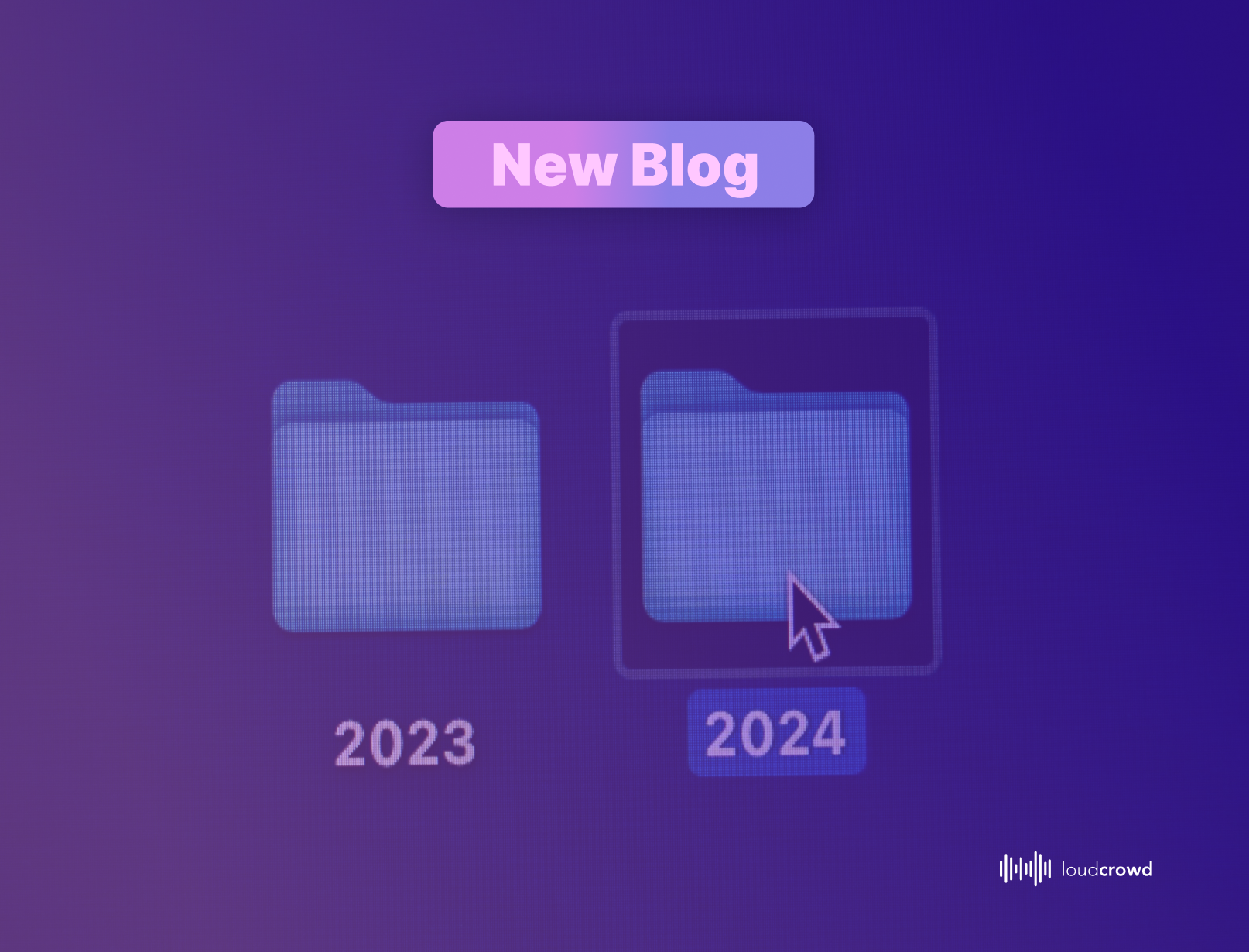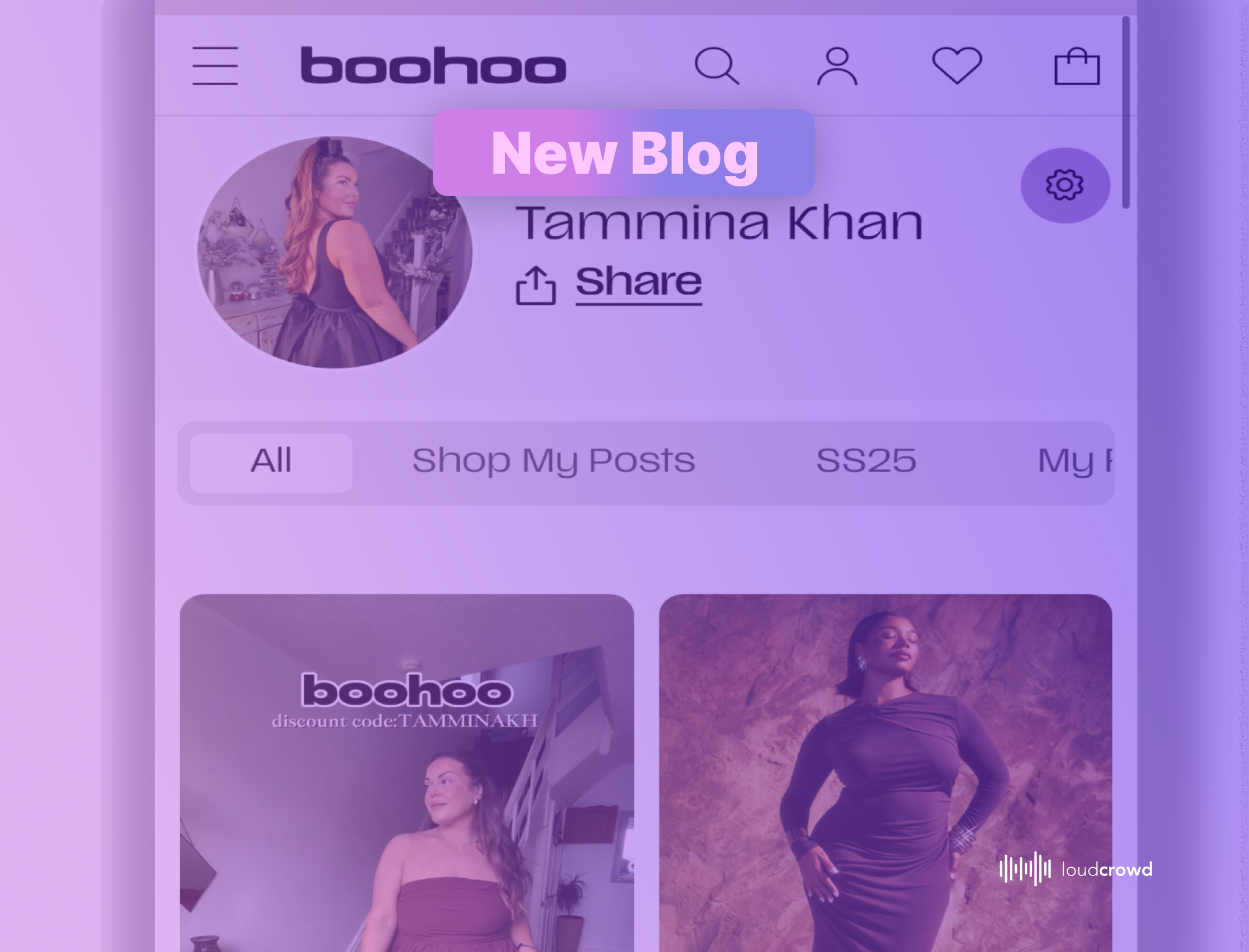New affiliate trends continue to rapidly emerge as eCommerce accounts for more and more of global shopping. In fact, global eCommerce will hit 8.1 trillion USD by 2026, up from 5.2 trillion USD that occurred in 2021.

The appeal for affiliate marketing grows in parallel, primarily because of its low-cost & variable business growth expense. Almost every business, large or small, has or should have an affiliate program as today’s customer acquisition costs (CAC) skyrocket.
Nonetheless, the affiliate marketing space is complex to navigate. To be successful, you must follow each trend to not fall behind and lose out on potential revenue in 2024.
Affiliate trend #1: Affiliate marketing and influencer marketing are converging
No brand questions the importance of affiliate or influencer marketing as part of its revenue model. Yet the responsibilities for these two channels sit with different teams at a single organization. These two teams historically focus on a different set of OKRs.
Influencer marketing and affiliate marketing KPIs have been different but that’s changing
Influencer marketing metrics have long been considered “vanity”. Numbers like impressions, reach, and engagement rate are excellent indicators of brand awareness, but provide no insight into actual revenue impact. On the other hand, affiliate marketers focus on definitive numbers like actual sales and the conversion rate from publishers.
Affiliate tracking is getting better at capturing social publishers like influencers
Recently, advancements in tracking technologies have made it more possible to track conversions and revenue stemming from social media publishers. As a result, brands have a massive opportunity to use influencers’ reach to drive better affiliate marketing results.
When partnered together, influencer marketing and affiliate marketing can amplify each other’s positive features. Influencers typically have a clear target audience, so partnerships with them can help brands better reach their targeted demographic. Influencers create user-generated content that feels authentic, which makes them an ideal partner for promoting products in a relatable way.
This results in increased measurable sales and higher conversion rates.
With the need for cost-effective marketing amid unprecedented CACs, the influencer marketing space will merge with affiliate marketing and vice versa. Software technology, new strategies, and awareness will be critical for brands to accommodate this reality.
Affiliate trend #2: Affiliate teams will take a greater share of ad and marketing budgets
Many brands are facing an existential crisis when it comes to customer acquisition costs (CAC). New limitations on privacy and tracking from Apple and Google, along with greater D2C competition in eCommerce has made traditional paid media cost brands nearly 100% more since 2020.
Traditionally, affiliate marketing teams carried out a relatively detached function compared to the rest of the business. Rather than operating on discretionary budgets, affiliate teams spend variably, depending on sales figures.
As such, affiliate marketing aims to be the more cost-effective solution to bringing in new customers and retaining existing. To accomplish this, more discretionary dollars will be directed towards ensuring affiliate teams have everything needed (technology, human resources, etc.) to operate most effectively.
Affiliate trend #3: Creators will sell directly on brand sites through Influencer Storefronts
Affiliate marketing is moving beyond just tracking links and coupon codes. eCommerce giants like Amazon, Walmart, and Target have invested millions of dollars into making their affiliate marketing programs and eCommerce journeys creator-centric with Influencer Storefronts.
An Influencer Storefront is a page dedicated to a creator where they can curate their favorite products, add user-generated content, and make other personalizations.

Influencer Storefronts are often trackable like an ordinary affiliate link, and therefore creators can be compensated with a commission structure.
Brands have cited several benefits to embracing the Influencer Storefront model for affiliate and influencer marketing:
- 100% increase in conversion rates compared to traditional links and codes
- 60% increase in average order values coming from influencer and affiliate channels
- Significant increase in affiliate/creator retention due to the perceived special-ness of the pages
Affiliate trend #4: Tracking technology will transition from cookies to APIs
Privacy updates have arrived and are here to stay
Apple and Google continue to push privacy updates that have major ramifications for brands’ customer journeys tracing:
- As part of iOS 17, Apple will automatically remove link trackers from URLs sent via their Message and Mail applications, in addition to Safari Private Browsing.
- At the same time, Google has pushed new APIs to chrome which marks the beginning of the 18-month journey towards their “Privacy Sandbox”.
Marketers should expect lasting changes to the affiliate marketing and campaign measurement industries
Marketers testify that these changes will make it more challenging to identify individual users and hence render campaign metrics less reliable. In addition, many websites rely on URL trackers for ad measurement, embedded media, social widgets, fraud prevention, bot detection, and more.
While the exact impact of these changes will continue to be discovered and documented over the next few months, performance marketing technology providers are already updating their technology away from cookies and towards server-side APIs. The hope is that the transition away from cookies can still yield reliable tracking while honoring the privacy changes Apple and Google deem necessary.
Affiliate trend #5: Personal affiliate relationships will become increasingly important
Finding the right influencers and affiliates to work with your brand is already a challenging endeavor. At the same time, retaining your most successful affiliates is imperative for a sustainable affiliate marketing strategy.
By maintaining lasting relationships with creators and other affiliates, your brand will seem more credible and trustworthy in the long-run. On top of that, nurturing your affiliates properly will generally result in better content and performance, hence driving more conversions and sales.
We’ve found that our brands that have a small group of long-lasting affiliate relationships vastly outperform brands with hundreds or even thousands of affiliates in terms of conversions and sales revenue.
Conclusion
To conclude, it’s clear that affiliate marketing will continue to be dynamic and rapidly evolving throughout 2024. Brand managers, influencer managers, and affiliate marketers must stay knowledgable with current trends and advancements in technology. Those who don’t, risk falling behind and losing out on critical affiliate revenue.
At LoudCrowd, our team and technology keeps up with the trends so you don’t fall behind. Learn more about our products that are pioneering changes to the affiliate and influencer marketing space: Influencer Storefronts, Brand Ambassador Programs, and Codeless Affiliate Discounts.
Chat with our team free today!



